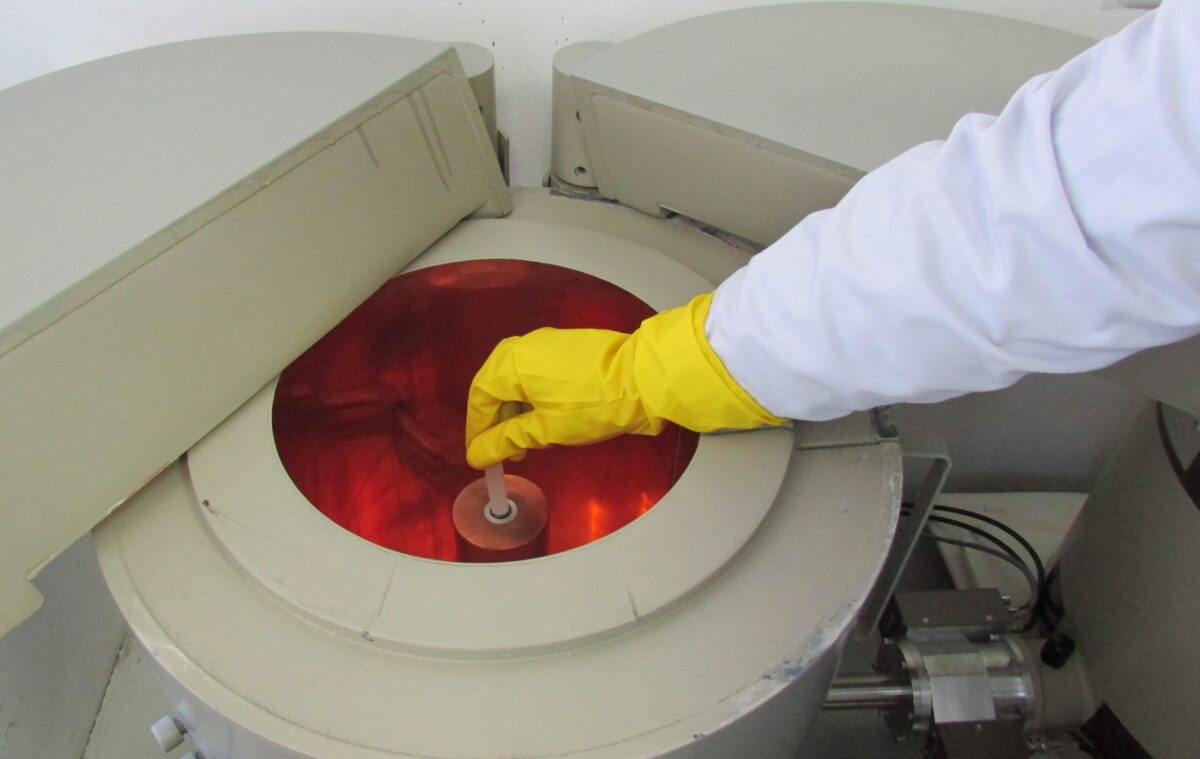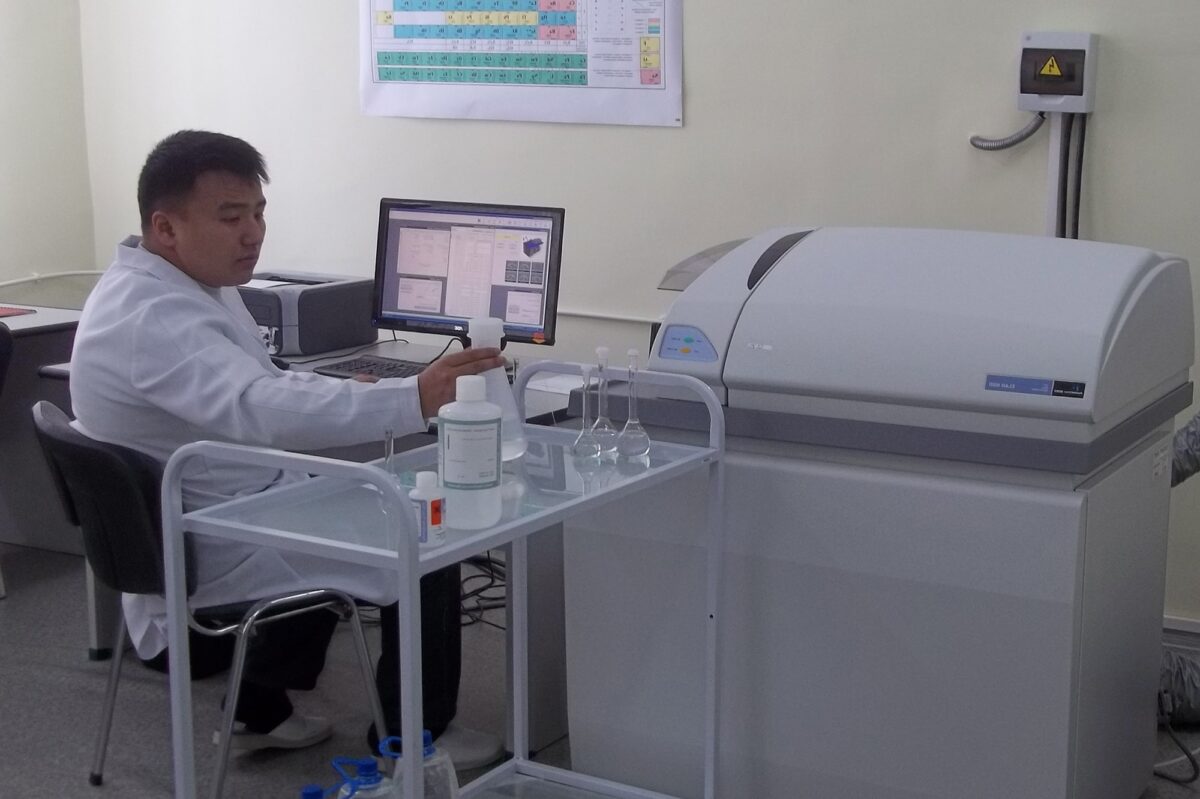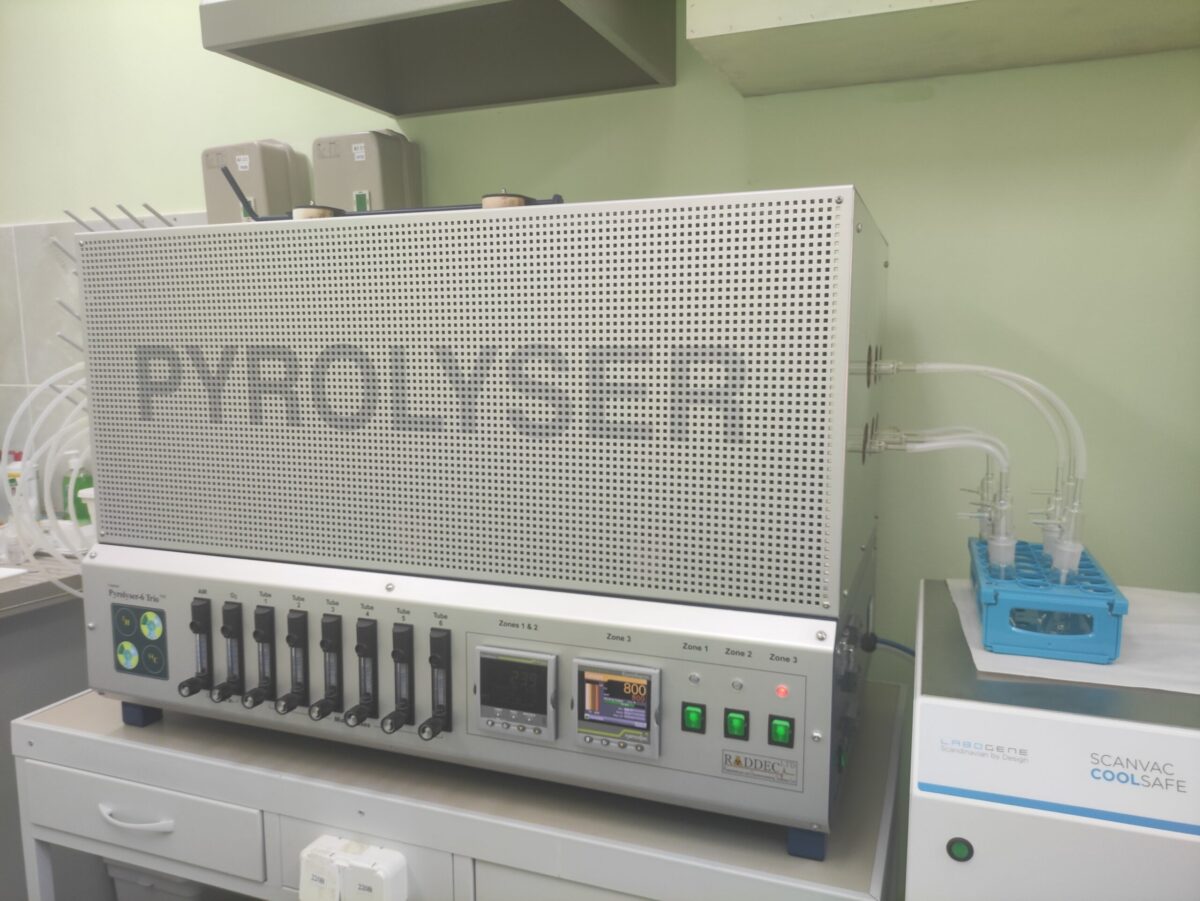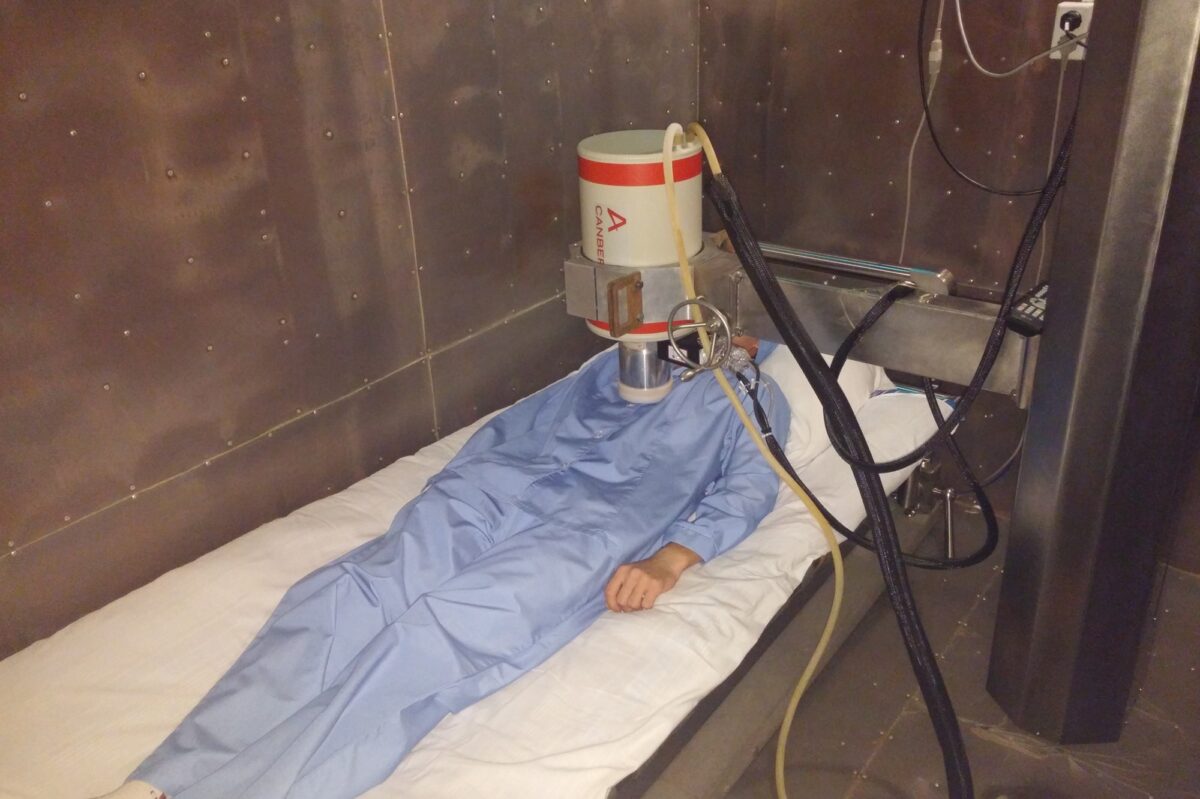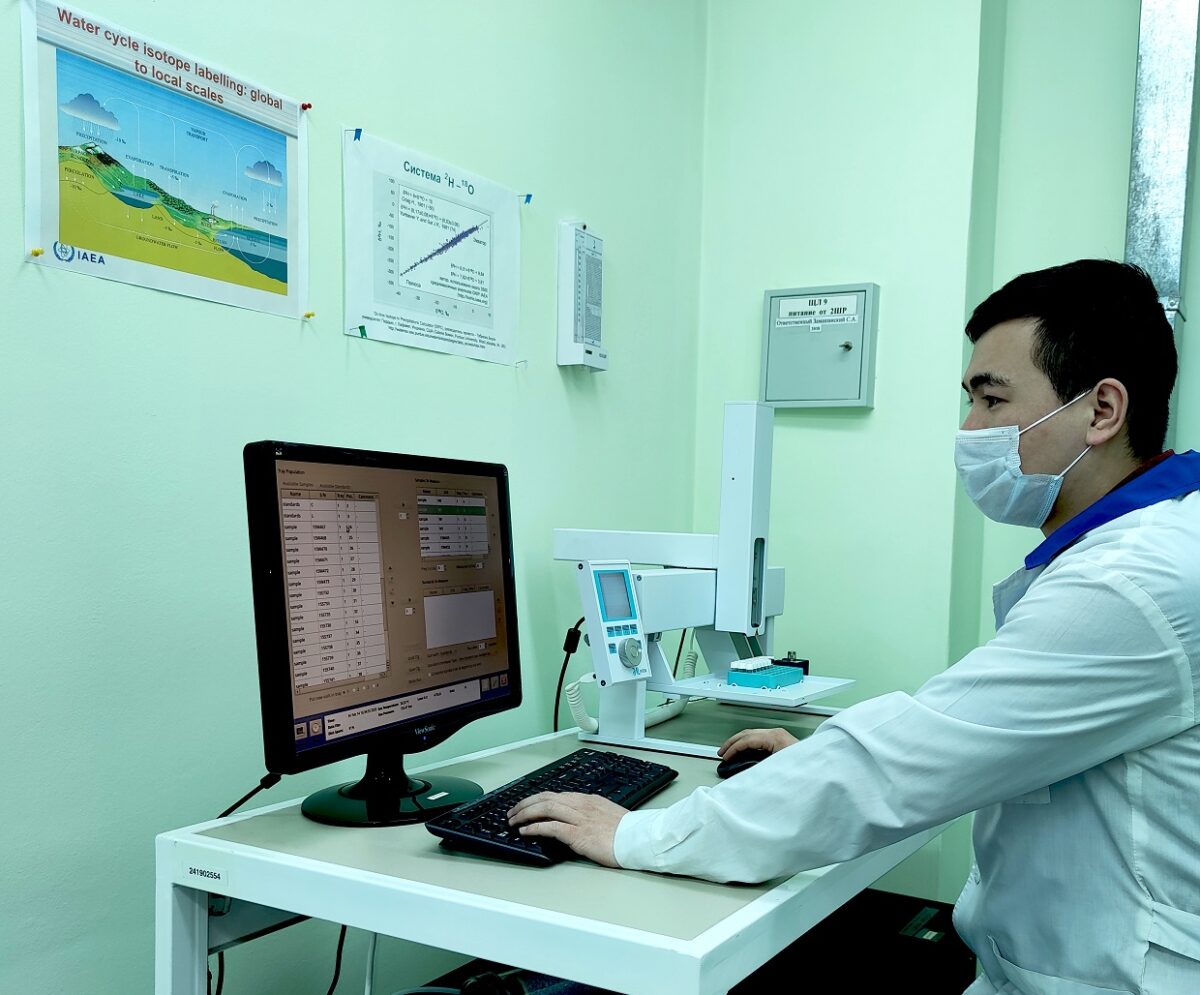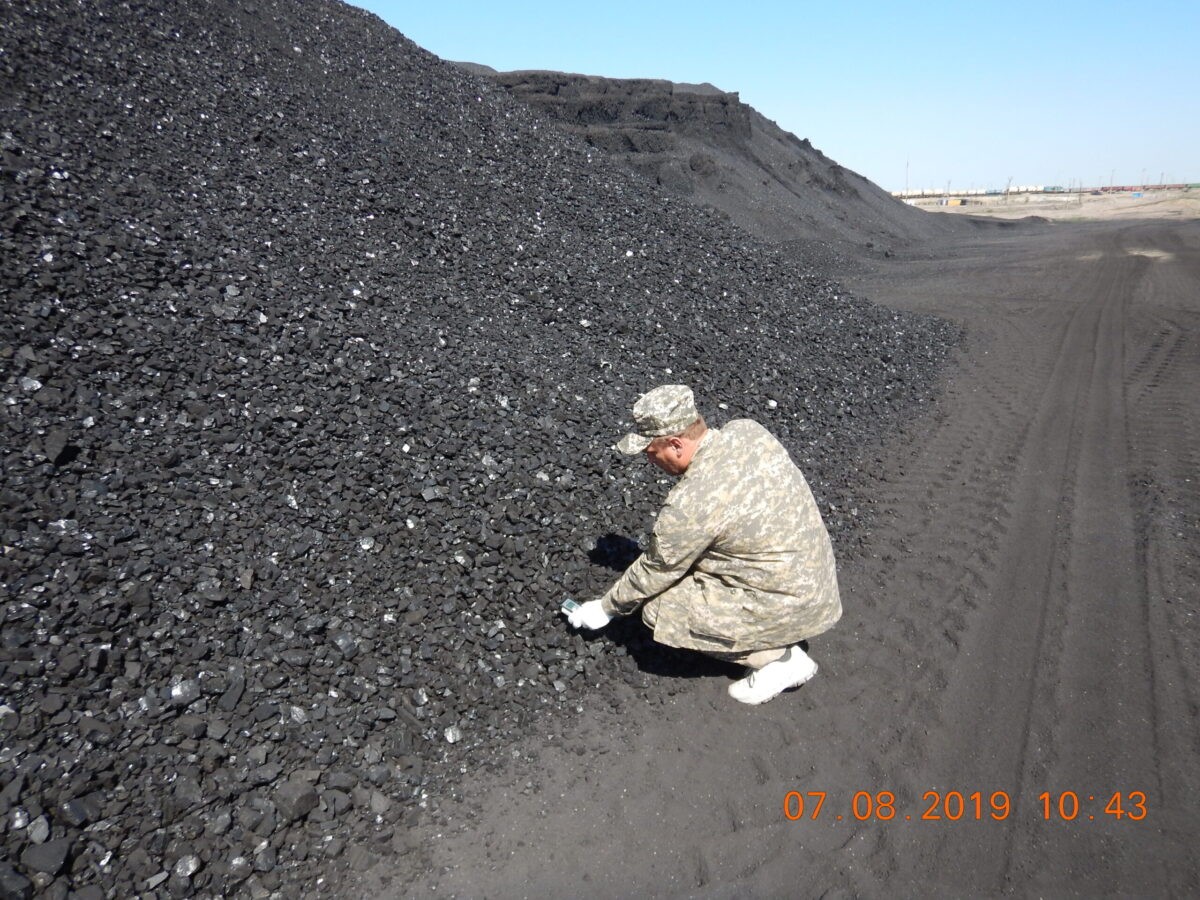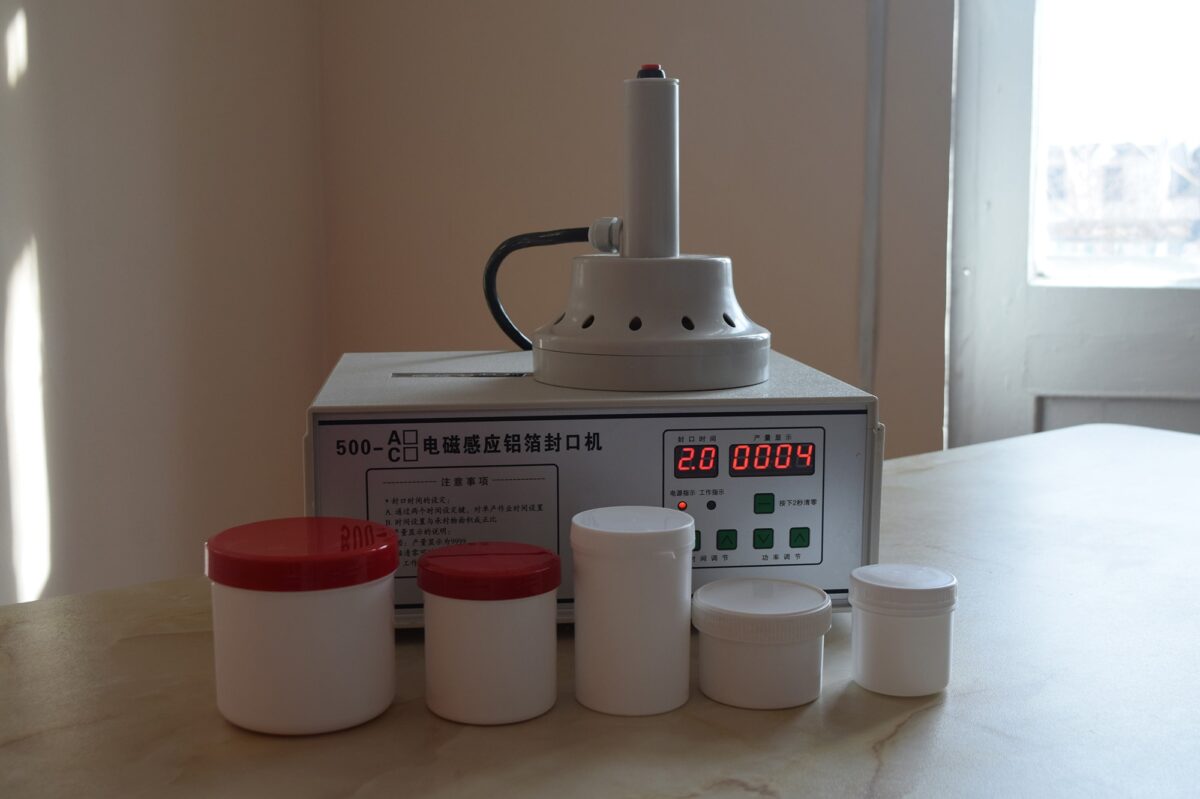The main areas of the Department of Monitoring, Ecological and Analytical Research are:
– ensuring the operation and development of radiation monitoring in radioactively contaminated areas;
– conducting ecological and analytical research to assess the environmental health.
As part of research, the department performs the following types of work:
- Determination of the content of natural and man-made radionuclides in surface and ground waters in radioactively contaminated and adjacent areas.
- Quality control of objects of water use by the radiation sign in the places of economic activity and in areas of residential complexes.
- Determination of the general chemical and elemental composition of water in various objects of water use to verify the compliance with standards of sanitary rules ‘Sanitary and epidemiological requirements for water sources, places of water intake for household purposes, water supply and places of cultural and domestic water use and safety of water bodies’.
- Determination of the content of natural and man-made radionuclides in the ambient air.
- Identification of climatic contributors to air contamination.
- Research into regularities of migration processes of radionuclides in the air.
- Determination of the content of tritium in the air in areas affected by radiation hazardous objects.
- Determination of activities of man-made (241Am, 137Cs, 152,154,155Eu, 60Co) and natural (40K, 226Ra, 228Ac, 210,212,214Pb, 235,238U) radionuclides in environmental objects and biosubstrates using solid-state high purity germanium-based detectors from worldwide leaders in this field - Canberra and Ortec.
- The sensitivity of the gamma-spectrometric technique is in the order of 0.5 Bq/кг.
- The spectrometric analysis of 238,239+240Pu, 241Pu, and 210Ро using alpha-spectrometers Alpha Ensamble, Alpha Analyst and 90Sr using a liquid scintillation counter Tri-Carb 2910TR in environmental samples and biosubstrates.
- The sensitivity of alpha- and beta-spectrometric analyses – 0.2 Bq/kg and 7 Bq/kg, respectively.
- The determination of the elemental sample composition of different environmental compartments and objects (water, soil, bottom sediments, vegetation, aerosols, biosubstrates, farm products and foodstuffs, building materials etc.) by X-ray fluorescence analysis (XFA), atomic emission (ICP-AES) and inductively coupled plasma mass-spectrometry (ICP-MS).
- Линейка идентифицируемых элементов включает в себя спектр от лития (Li) до урана (U), включая изотопный состав урана.
- The determination of 3Н activity in free and organically bound form. The preparation of counting samples of 3H in the organically bound form (plants, foodstuffs) using the automatic installation Sample Oxidizer. Samples were analyzed with a low-background spectrometer Quantulus 1220. The analytical sensitivity for 3H in the water – about 5 Bq/l.
- 14С activity is determined using ‘Pyrolyser-6 Trio’ in any materials and environmental compartments (soil, bottom sediments, foodstuffs, biota, building materials, metals and biosamples). Samples are analyzed with an alpha-beta-radiometer SL-300 Hidex.
- Assessment of internal exposure doses using a calculation and biophysical dosimetry techniques. Biophysical techniques are represented by the analysis of 24-h urine samples (3H, 238Pu, 239+240Pu, 210Ро, 241Am, 90Sr, 137Cs) and whole-body counter measurements (137Cs, 241Am). Radiation exposure is calculated from the actual content of radionuclides in the body.
- A range of hydrogeological research (the flow velocity, the flow rate, the level of surface waters, the flow direction, the discharge and filtration coefficients) into ground waters. Geological engineering surveys with soil and water sampled by drilling operations, the borehole depth by the auger-type method — as deep as 70 m, by the air hammer one – as deep as 100 m.
- The determination of formation mechanisms of surface and ground waters and sources of their contamination with radionuclides, the isotopic analysis of precipitation and water using an isotope hydrology technique. The technique is based the determination of stable 18О/2Н ratios in the water with a laser isotope analyzer LGR 912-0008.
- Radiation control of the aquatic and air medium, the daylight surface.
- Radiometric measurements of vehicles and equipment.
- Dosimetric control of the personnel who is employed in economic activities.
- Manufacturing reference standards containing radionuclides and elements based on different natural matrices (plants, soil, bottom sediments). A wide range of certifiable parameters of reference standards (241Am, 137Cs, 152Eu, 60Co, 90Sr, isotopes Pu , Zn, Cu, Pb, Cd, Co, Fe, Mn, As) being correctable given a customer’s preferences. Certified quantity values and indices characterizing reference standards are determined from data of high-precision spectrometric research.









